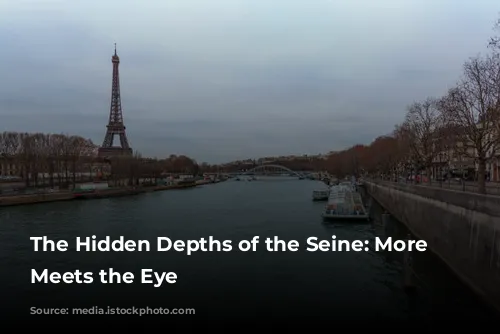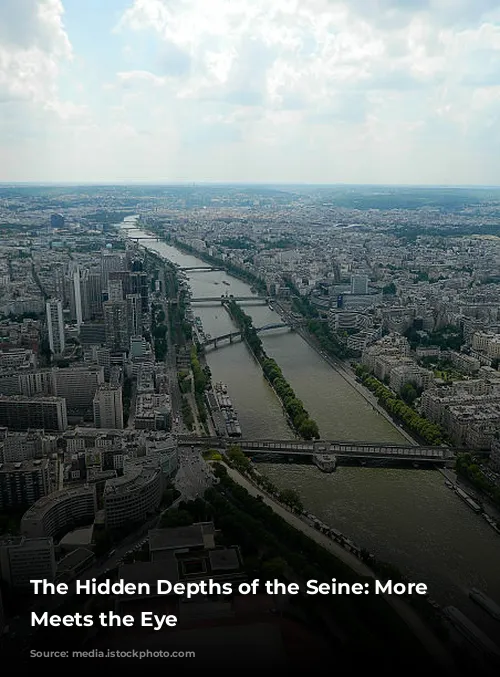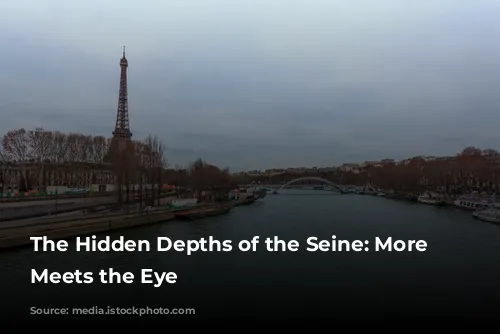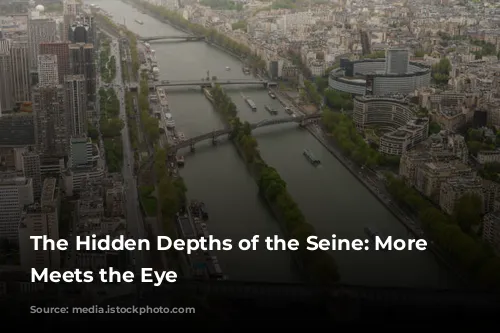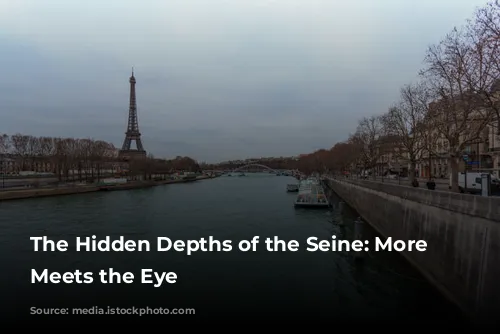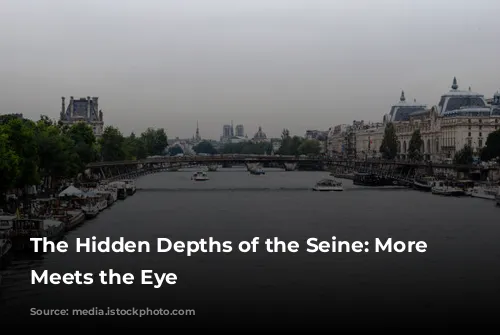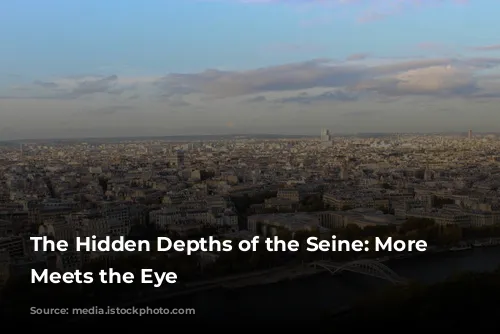A river runs through it. Paris, the City of Lights, is renowned for its iconic landmarks, but the Seine River is arguably the heart and soul of the city. While tourists gaze at the Eiffel Tower and Notre-Dame Cathedral, few think about the secrets hidden beneath the water’s surface. The depth of the Seine, seemingly a simple measurement, reveals a captivating tapestry of history, engineering, and the delicate dance between nature and urban development.
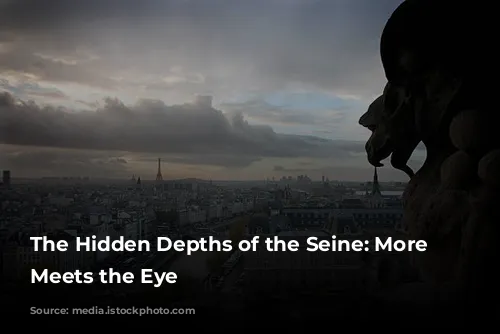
A River Shaped by History and Human Intervention
Don’t be fooled by appearances. The Seine might appear shallow at first glance, with an average depth of 13 to 19 feet. However, this is just the tip of the iceberg. Just like the city it flows through, the Seine’s depth is a dynamic entity, constantly evolving over centuries of human interaction and natural forces. In ancient times, the Seine was likely wider and shallower, its course dictated by the natural landscape. As Paris transformed from a small settlement into a bustling metropolis, the river mirrored its growth. Deforestation and agriculture during the Middle Ages led to increased sedimentation, gradually filling the riverbed. It was only in the 19th century that major engineering projects, including extensive dredging and lock construction, deepened the river to facilitate navigation.
The Seine’s depths are not uniform. Today, the Seine’s depth varies significantly along its winding path through Paris. Near the Eiffel Tower, it reaches a depth of about 16 feet, while at Pont de l’Alma, it plunges to a remarkable 23 feet. However, by Notre-Dame, it shallows again to around 13 feet. These variations create a diverse underwater landscape, essential for the river’s ecosystem and the city’s flood management system.
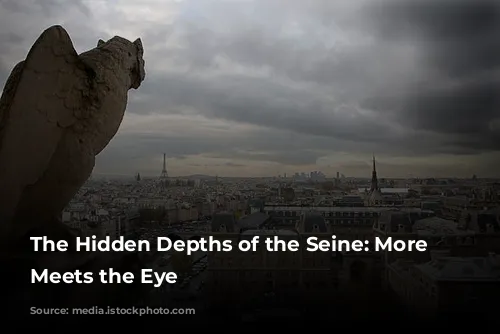
A Constant Dance: Nature and Human Influence
The Seine’s depth is not static. Its depth fluctuates with the seasons and weather patterns. Spring often sees higher water levels as melting snow and rainfall contribute to the river’s flow. Conversely, summers can witness the river at its lowest, sometimes hindering navigation. These natural cycles are now carefully managed through a network of dams and locks upstream, regulating water flow and maintaining minimum depths for river traffic.
Human intervention extends beyond flow regulation. Regular dredging operations are essential to keep the Seine navigable, removing accumulated sediment that could reduce depth. This ongoing maintenance is crucial for the river’s role in transportation, allowing tourist cruises and cargo ships to ply its waters.

The Importance of the Seine’s Depth
The Seine’s depth is more than just a number. It’s an integral part of Paris’s identity and function. The depth influences the types of boats that can navigate the river, impacts water quality, and plays a crucial role in flood prevention strategies. During rare flood events, the river’s depth can dramatically increase, testing the city’s defenses and reminding Parisians of nature’s power.

Facing the Future: Climate Change and Urban Renewal
Climate change adds a new layer of complexity to managing the Seine’s depth. Long-term shifts in precipitation patterns could alter the river’s average depth, presenting new challenges for urban planners and environmental managers. As Paris continues to evolve, so too does its relationship with the Seine. Recent years have witnessed efforts to reconnect the city with its river, from the popular Paris Plages summer beaches to ambitious plans for swimming in the Seine. These initiatives bring renewed attention to the river’s depth and water quality, highlighting the ongoing balance between urban development and environmental stewardship.
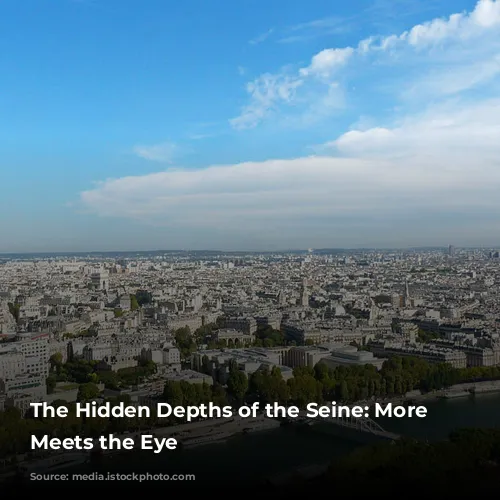
Conclusion: A Deeper Understanding
The depth of the Seine is a reflection of Paris’s history, a key factor in its present-day functioning, and a consideration for its future planning. The next time you stroll along the Seine’s banks or cruise its waters, remember that beneath the surface lies a complex and vital dimension of the City of Light, one that continues to shape life in Paris as profoundly as the monuments that line its shores. The depth of the Seine is not just a measure of water; it’s a measure of the city itself.
